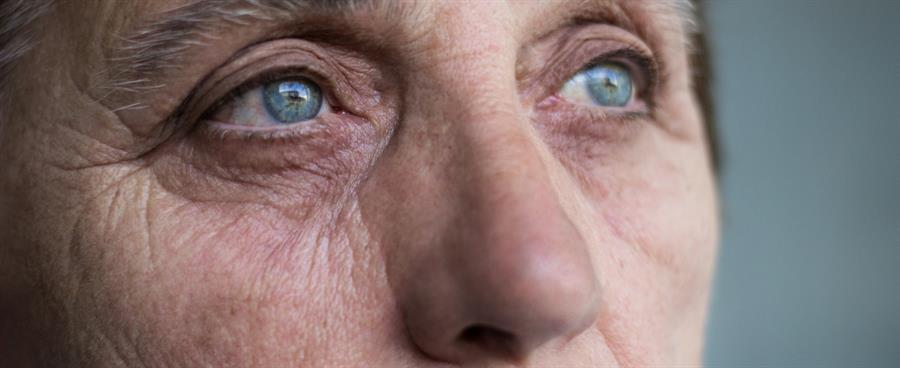Elder abuse has been the subject of debate around the world for many years.(1; 2)
A recent systematic review found that elder abuse can affect about 16% of adults over the age of 60 in middle and high-income countries.(3) This proportion is considered to be higher among "at risk” individuals, including people with physical or mental disabilities, and people living in care facilities.
Older adults living in rural or remote communities have also been identified as potentially more vulnerable due to geographic and social isolation, as well as difficulty accessing legal and support services. The extreme conditions prevailing in some remote communities can also increase isolation and hardship. Note that in Canada, about 1 in 4 seniors live in rural areas and small towns.(4)
Elder abuse can be defined as "a single or repeated act, or lack of appropriate action, occurring within any relationship where there is a violation of trust, which causes harm or distress of an older person."(3) This abuse can be take many forms: systemic, physical, sexual, psychological, verbal or financial.
While policymakers are trying to address this high-priority issue, we can wonder whether policies adopted to prevent and respond to elder abuse take in consideration those living in rural or remote communities.
What research tells us
A recent systematic review of 47 articles examined policy responses to elder abuse in rural and remote communities (with a focus on Australia).(3) Here are some of the key findings:
- Very few of policies examined explicitly addressed issues related to rural and remote communities.
- Living in a rural or remote community is a factor that increases the vulnerability of older adults to abuse (which seems consistent with previous studies).
- Some studies that have looked at elder abuse among farming families pointed out that the solutions require a comprehensive approach, which may include clear succession plans.
- Access to information and support for people from rural and remote communities is a priority, as is the importance of better understanding the needs of these communities.
- Responses must be developed at the national level, which must however include the development of local resources.
- Regarding abuse against Indigenous seniors in rural and remote communities, a consistent and rigid approach is unlikely to be effective. Access to services often requires moving outside of their communities, which can be worrisome for some Indigenous seniors, particularly when it comes to leaving their "nation". The importance of developing trauma-informed and culturally-sensitive services was identified. In addition, consulting with members of local indigenous communities was emphasized, in order to identify forms of elder abuse and map existing resources that can be used.
What can you do
Dealing with elder abuse may be challenging, but we can all be part of the solution. We must learn to take three actions:
1. Recognize the different forms and signs of elder abuse (including physical, social and behavioral signs).
2. Speak with the affected older adults.
3. Ask questions, get expert advice, and make sure the person is not in danger.(5)





